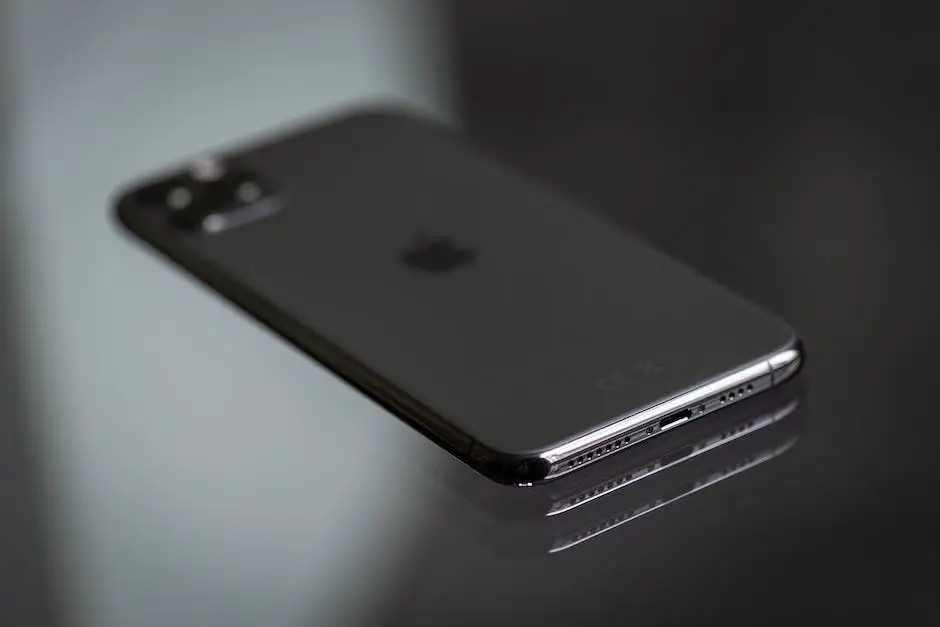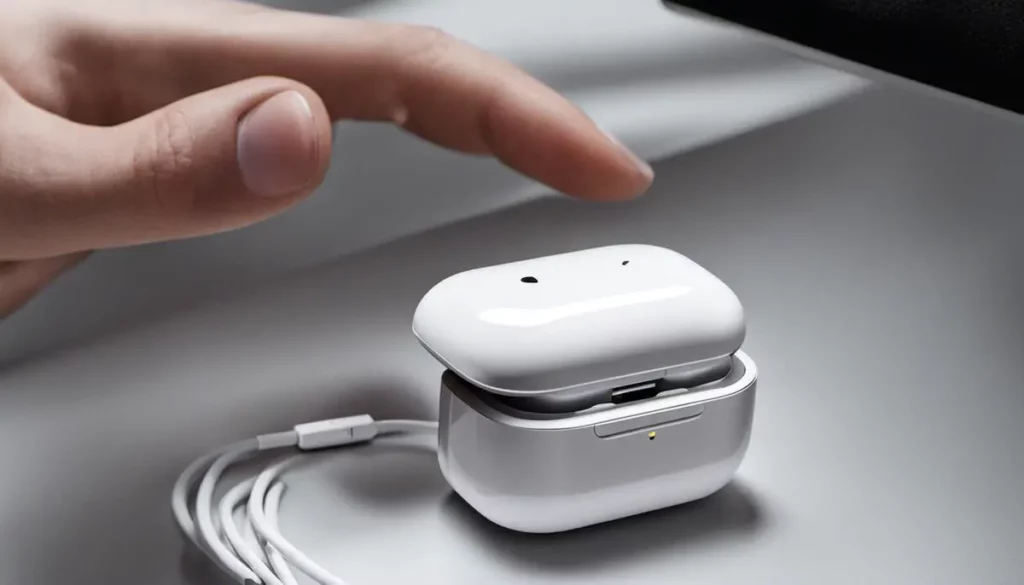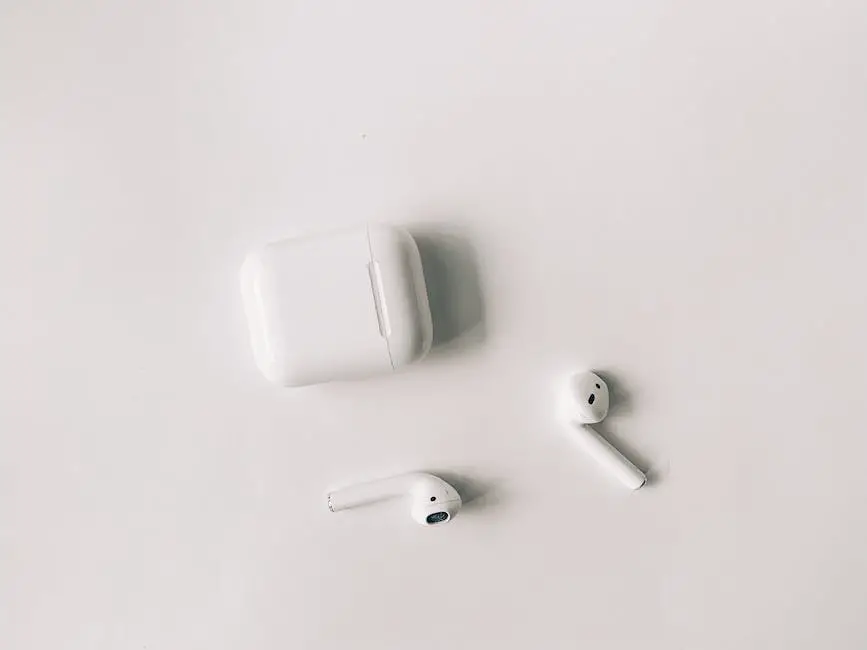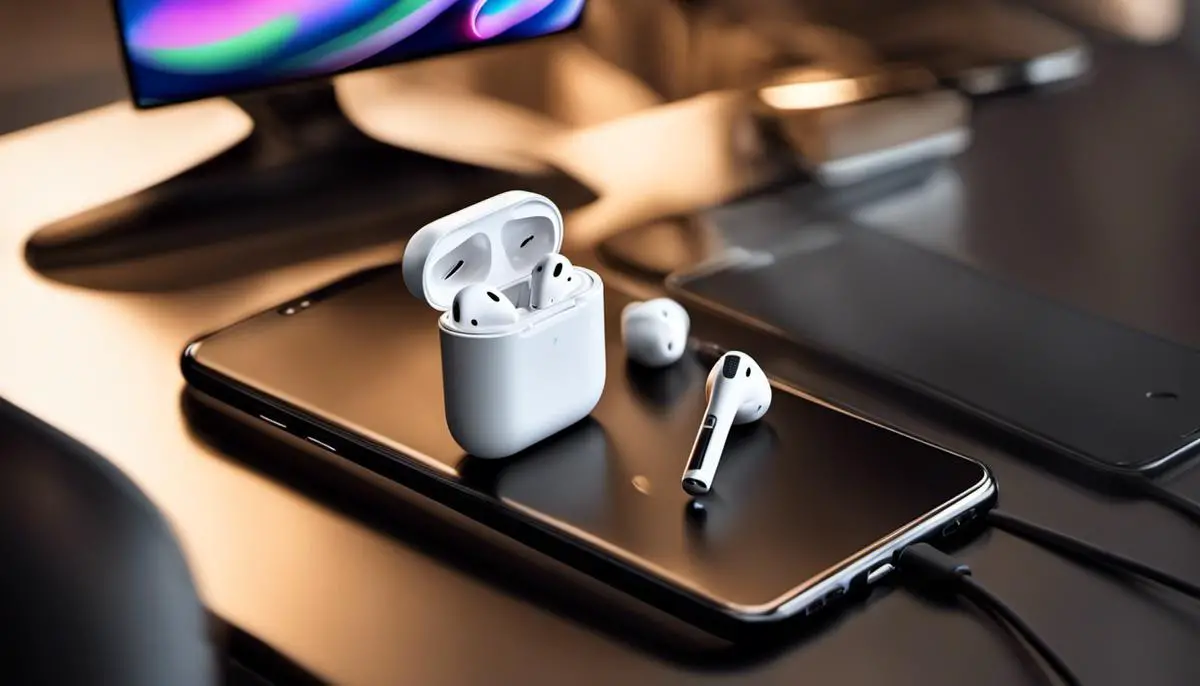When it comes to leveraging the utmost performance out of your AirPods, one primary concern that arises is maintaining its impressive battery life.
As essential as these small devices have become in our day-to-day lives, understanding their intricate dynamics can drastically enhance user experience. This comprehensive guide will aid you in mastering techniques related to proper charging practices, usage habits, and up-to-date software updates all targeted to help conserve and extend your AirPods’ battery life.
What To Know
The AirPods, Apple’s wireless earbuds, come with an estimated battery life of about five hours of listening time or three hours of talk time on a single charge.
However, real-life usage can often deviate from these estimates. Several factors such as the volume level, type of audio content, usage of additional features like noise cancellation, and even the environmental conditions can impact the battery life of your AirPods.
To maximize your AirPods battery life, consider the following tips:
- Keep AirPods in the Case when Not in Use: The charging case is not just for storage—it charges your AirPods when they’re not in use. So, make it a habit to keep them in the case when you’re not using them.
- Optimize Bluetooth Settings: Poor Bluetooth connection can drain your AirPods battery faster. Ensure your device is close enough to your AirPods for a strong connection.
- Disable Unnecessary Features: Features like “Automatic Ear Detection” and “Noise Cancellation” can consume more battery. Turn them off when not needed.
- Manage the Volume Level: Higher volume levels can deplete battery life faster. Try to keep the volume at a comfortable level to prolong battery life.
- Update Firmware Regularly: Apple often releases firmware updates that can enhance battery performance. Ensure your AirPods are always updated to the latest firmware version.
Proper Charging Practices
Understand Optimal Charging and Discharging Levels
It’s essential to understand the optimal charging and discharging levels to maintain the battery life of your AirPods. Lithium-ion batteries, the type used in AirPods, function best when kept between 20% to 80% charge.
Constantly charging your AirPods to 100% and draining them completely can degrade the battery over time.
Avoid Overcharging Your AirPods
One crucial step in preserving your AirPods’ battery life is to refrain from overcharging. Leaving your AirPods to charge overnight or for extended periods can heat up the lithium-ion battery and impact its life span negatively.
Therefore, it’s best to unplug the AirPods once they are fully charged.
Keep Your AirPods and Charging Case Cool
Heat can impact the efficiency of your AirPods’ battery. Avoid leaving your AirPods or the charging case in direct sunlight or in high-temperature surroundings for any extended length of time.
When charging your AirPods, ensure there is adequate ventilation to prevent overheating.
Maintain the Health of the Charging Case
The charging case of the AirPods also needs proper maintenance to extend battery life. Ensure the case is clean and free from dust or grime that can affect the charging capability.
Do not forget to charge the case itself, keeping in mind the same charging practices as you would for the AirPods.
Limit Audio Playtime
Continuous audio play will drain the battery faster. If you’re not using your AirPods, it’s best to keep them in their case, this will prevent unnecessary battery drain.
Limiting the volume levels can also help to increase the battery life.
Use One AirPod at a Time
By using one AirPod at a time, you can potentially double your listening time. While one AirPod is in use, the other can be charged in the case.
Update AirPods Software
Apple regularly updates the software in your AirPods to improve efficiency and reduce power consumption. Ensure your AirPods are updated to the latest software to better preserve battery life.
Also Read: iPhone Battery Health: Maintaining Optimal Performance and Longevity

Usage Habits
Understanding Your AirPods Usage Habits
The first step towards extending the battery life of your AirPods is to understand how usage habits impact battery life.
Every action, including adjusting the volume level, utilizing the active noise cancellation feature, using Siri, making calls, or simply playing music or videos, consumes battery power.
Therefore, monitoring and altering these behaviors can play a significant role in prolonging the life of your AirPods’ battery.
Optimizing Volume Levels
Playing audio at high volumes can drain your AirPods’ battery faster. Since louder volumes require more power, it’s recommended to adjust your audio levels to the lowest comfortable setting.
This can be done by using the volume controls on your iPhone or other connected device, or by asking Siri to lower the volume.
Active Noise Cancellation and Battery Life
The active noise cancellation feature on AirPods Pro is great for drowning out background noise, but it’s also a significant drain on battery life.
When you’re in a quiet environment where noise cancellation isn’t needed, turning off this feature can save battery.
To do this, go to the Control Center on your device, press and hold the volume slider, then tap on the Noise Cancellation button to deactivate it.
Siri and Battery Life
While Siri can be helpful, frequent use of this feature, especially ‘Hey Siri’ voice activation, can consume more battery.
To optimize battery life, consider using Siri sparingly and turning off ‘Hey Siri’ when it’s not in use.
Go to your device’s settings, select ‘Siri & Search’, and then toggle off the ‘Listen for “Hey Siri”’ option.
AirPods and Calls
Phone calls consume more power as they use both the microphone and speaker. So, limiting the number and duration of calls can help to extend the battery life.
Optimizing Playback and Connectivity
Using your AirPods for long periods of continuous audio playback can quickly deplete the battery. Consider taking regular breaks to let your AirPods rest and recharge.
In addition, using them with multiple devices or constantly switching between devices can also drain the battery.
Try to stick to one device when possible or disconnect your AirPods when not in use. To disconnect, go to your device’s Bluetooth settings, tap on the ‘i’ next to your AirPods, and then select ‘Disconnect’.
Battery Health Check:
For those who have been using their AirPods for a while, it might be a good idea to check the battery health. iOS devices provide a general idea of the battery health of your AirPods. You can do this by going to Settings > Bluetooth > Your AirPods. Remember, this is just an estimate and not a precise measurement.
Appropriate Storage:
Storing your AirPods properly when not in use can also prolong their battery life. Avoid areas with high humidity and extreme temperatures for storage. The AirPods case is designed to protect your AirPods and should be used for storage at all times when the AirPods are not in use.
Monitor Battery Usage:
Keep an eye on your battery usage. If you notice a sudden drop in battery life, it might point to a problem. You can check battery usage in the battery widget on your iPhone.
By taking these steps to optimize your usage habits, you can extend the battery life of your AirPods and ensure they’re ready when you need them.
Also Read: Battery Not Charging Mac: What To Do

Software Updates
Understanding Importance of AirPods Software Updates
Keeping your AirPods software up to date is crucial in extending your device’s battery life. Apple regularly rolls out updates that not only tackle bugs and improve overall performance but also optimize battery usage.
Steps for Updating AirPods Software
- Ensure that your AirPods are connected to your iPhone. They connect automatically when they are in your ears, or you can manually connect them in the Bluetooth settings.
- Plug your iPhone into a power source. This will trigger the AirPods to update automatically, as updates often occur when the iPhone is charging.
- Make sure the AirPods are also charging. You can do this by placing them in their case.
- Check that you have an active internet connection. Wi-Fi is necessary for updates to download and install.
- Leave your AirPods connected to your iPhone overnight. As the updates run in the background, it may take some time for them to complete.
It’s important to note that Apple doesn’t provide a way to manually force an update, and there’s no set schedule for when the updates occur. They usually happen quietly and automatically.
Checking AirPods Software Version
It’s a good idea to regularly check the software version of your AirPods to ensure they’re up to date.
- Connect your AirPods to your iPhone.
- Open the Settings app on your iPhone.
- Tap General.
- Tap About.
- Scroll down and tap on your AirPods.
- The software version should appear on this screen.
In case your AirPods have not updated for some reason, try reconnecting them to your iPhone, or restart the devices before rechecking the software version.
By regularly checking for and installing software updates, you’ll make sure your AirPods are running at optimum efficiency, thereby extending their battery life and enhancing their overall performance.

By adopting these strategies, you’re moving towards making the most out of your AirPods’ battery life. Remember, consistent care and mindfulness about charging can remarkably boost your device’s longevity. Furthermore, staying in tune with up-to-date software is equally crucial as it often packs in improved efficiencies. With a handle on these aspects, your device’s longer battery life is no longer wishful thinking but a reality you can enjoy every day.
- What Is The Difference Between Lenovo’s Pens? (with Part Numbers)
- The Best Lenovo Docking Stations: ULTIMATE Guide
- Best Gaming Keyboards Under $100 (Wired And Wireless)
- Unlock The Benefits Of A Portable Laptop Monitor
- A Guide to Laptop Customization with Skins
- Maximize Your AirPods Battery Life: Simple Tips & Tricks
- Lenovo Laptop Accessories: Everything You Need to Know
- Pick The Perfect SSD For Gaming Success


